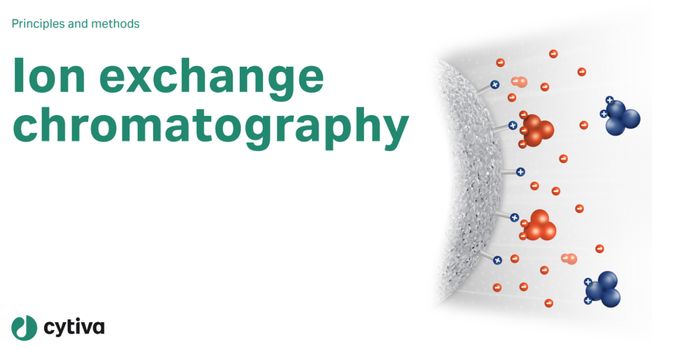Changes in Brain Cell Populations Driving Aging & Alzheimer's are ID'ed
With powerful tools that identify the active genes in individual cells, scientists have gained new insights into the changes that occur in the brain during aging, and as Alzheimer's disease is progressing. This work, which utilized data from over 1.6 million adult brain cells, identified different groups of cells in the older brain, one of which seems to promote aging processes that don't relate to Alzheimer's disease. The findings may reveal new ways to prevent dementia or Alzheimer's. The research has been reported in Nature.
"Our study highlights that Alzheimer's is a disease of many cells and their interactions, not just a single type of dysfunctional cell," noted study leader and Columbia neurologist Philip De Jager. "We may need to modify cellular communities to preserve cognitive function, and our study reveals points along the sequence of events leading to Alzheimer's where we may be able to intervene."
In this study, the researchers were able to use brain cells that were donated by more than 400 aging adults. A few thousand brain cells were taken from a part of these brains, which is known to be related to aging and Alzheimer's. These cells were then analyzed with single-cell RNA sequencing. Sicne active genes are transcribed into messenger RNA molecules, the RNA in a cell can reflect what genes are active in that cell at one point in time.
Computational tools had to be used to crunch all of the data from this effort, and the researchers were then able to identify which types of cells were in each sample, the molecular characteristics of these cells, and how they were functioning and interacting.
Since there were so many volunteers, the investigators were able to capture cells from different stages of disease as well as cells from healthier brains. The study is aiming to overcome a hurdle in Alzheimer's research, in which scientists are not easily able to distinguish between changes in aging brains, and changes in brains that are aging but are also affected by Alzheimer's.
The study authors suggested that there are two kinds of immune cells in the brain, or microglia, that trigger the buildup of aberrant proteins: amyloid and tau, which are hallmarks of Alzheimer's. After that buildup has occurred, another cell type called astrocytes seem to then get involved, by changing electrical connectivity in the brain, causing cognitive impairment. The signaling between these cells also affect other cell types that add to growing dysfunction and neurodegeneration in the brain.
"These are exciting new insights that can guide innovative therapeutic development for Alzheimer's and brain aging," said De Jager. "By understanding how individual cells contribute to the different stages of the disease, we will know the best approach with which to reduce the activity of the pathogenic cellular communities in each individual, returning brain cells to their healthy state."









